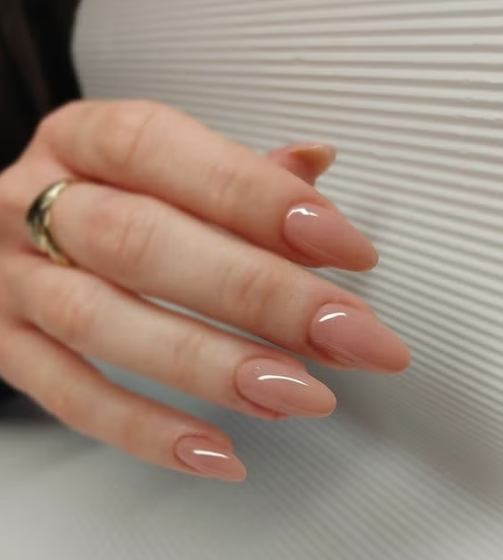Nail care is an essential part of personal grooming, and it’s no surprise that people love experimenting with different styles. Beyond their aesthetic appeal, nails play a crucial role in protecting our fingers and toes and can even reveal important information about our overall health. Here are 10 surprising nail health facts that you may not know.
1. The Role of Keratin
Both our hair and nails are primarily made of a protein called keratin, which serves as a protective shield. The structure of keratin in nails is arranged differently, making them thicker than the keratin found in hair. The type and quality of keratin in your nails can vary, contributing to different nail textures and strengths.
2. Nail Growth Rate
Fingernails typically grow at a rate of 3.5 mm per month, while toenails grow more slowly at just 1.6 mm per month. Interestingly, women’s nails grow faster than men’s, especially during pregnancy. It’s also common for nails to grow more quickly and stronger in the warmer months, which explains why they may look healthier in summer.
3. Nail Biting: A Habit or OCD?
Nail biting, or onychophagia, is a common habit, often triggered by stress or anxiety. For some, it can even develop into a form of obsessive-compulsive disorder (OCD). If you struggle with this habit, rest assured that there are effective treatments and strategies to help you stop.
4. Nails as a Health Indicator
Your nails can reveal clues about your overall health. For example, a bluish tint to your nails could indicate a lung condition. If you notice any unusual changes in the color, shape, or growth rate of your nails, it’s important to consult a healthcare professional, as these could be signs of underlying health issues.
5. The Truth Behind White Spots
Many people believe that white spots on nails are a sign of zinc or calcium deficiency. However, this is a misconception. White spots are not necessarily linked to vitamin deficiencies, and their appearance could be due to minor injuries or other factors unrelated to diet.
6. The Significance of the Half Moon
The white half-moon shape at the base of your nails, known as the lunula, is often seen as a sign of good health. Contrary to popular belief, a well-defined lunula can indicate a healthy digestive system and thyroid function.
7. Nail Issues and Their Prevalence
Surprisingly, about 10% of people seek medical advice due to abnormal nail conditions. These changes can occur due to various factors, including injuries, fungal infections, skin cancer, or age-related conditions. As we get older, the likelihood of experiencing nail issues increases.
8. Why Nails Sometimes Fall Off
Nails rely on a steady blood supply for nourishment. If an injury disrupts blood flow to the nail, it may fall off. While this can be alarming, don’t worry—nails typically grow back quickly and can even become healthier after such an injury.
9. Nail Thickness and Strength
Fragile nails that break easily can be frustrating, but the good news is that there are treatments and supplements available to help strengthen nails over time. Keep in mind, though, that genetics play a significant role in determining your nail thickness and strength. If your parents have strong nails, there’s a good chance you will too.
10. The Importance of Cuticles
Many people dread trimming their cuticles, but experts recommend leaving them intact. Cuticles serve an important purpose: they protect the nails by providing moisture and acting as a barrier to germs. Cutting or pushing them back too much can expose the nails to potential infections.
Understanding these nail health facts can help you better care for your nails and appreciate their importance. With the right attention and care, you can maintain strong, healthy nails that look great and function even better.

发表回复